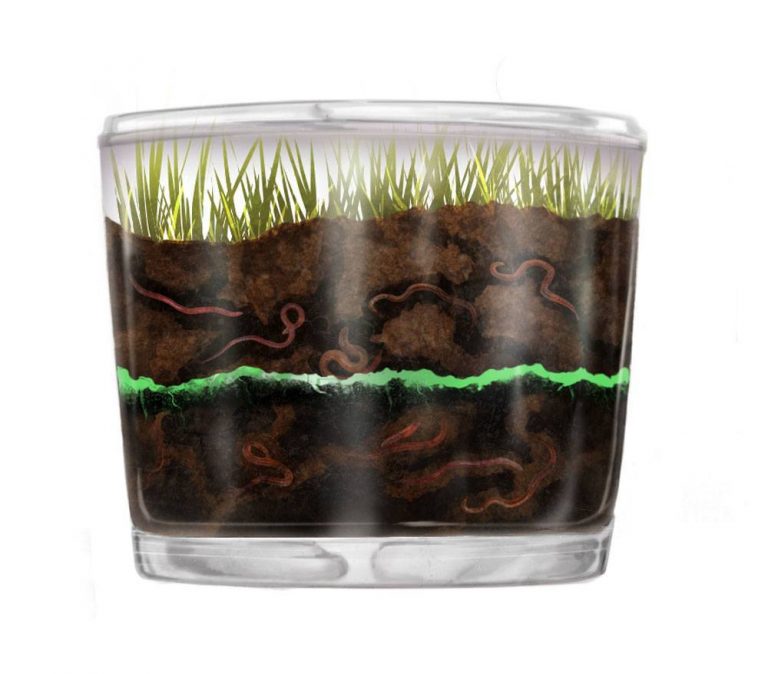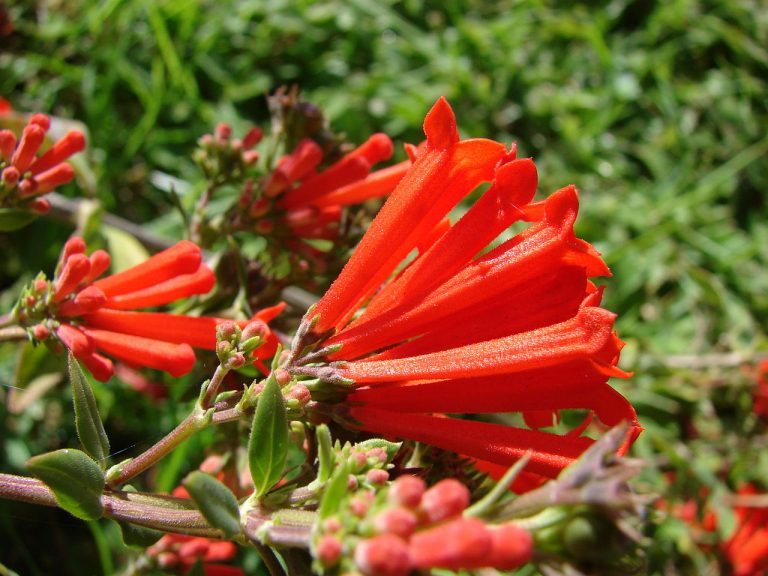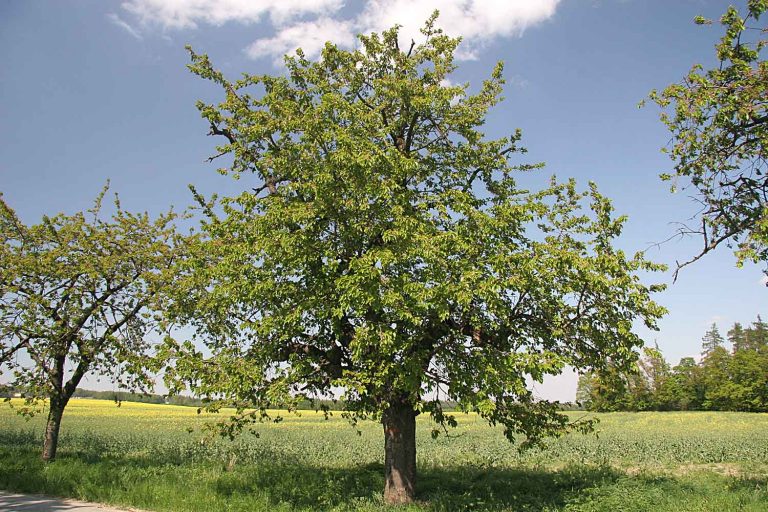Cucumber
Scientific Classification
| Kingdom: | Plantae |
| (unranked): | Angiosperms |
| (unranked): | Eudicots |
| (unranked): | Rosids |
| Order: | Cucurbitales |
| Family: | Cucurbitaceae |
| Genus: | Cucumis |
| Species: | C. sativus |
| Binomial name: | Cucumis sativus |
Of the gourd group, Curbitaceae, Cucumber (Cucumis sativus) is the extensively cultivated plant. Cucumber is a trailing plant that bears fruits of cylindrical shape, used for cooking purposes. Their roots stay fixed on the ground. It is a vine that creeps on fences, frames or other devices that helps them to grip on to. They use their delicate spiraling tendrils to enfold over these supporting devices. The foliage is big enough to give a covering over the fruit. Mulch will retain the moisture in the soil.
Habitat
The cucumber originates from South Asia, presently found in most of the continents. Several varieties are globally treated in the trade market.
Anatomy
The cucumber is cylindrical and elongated with tapered ends. They normally grow to 60 cm (24”) in length and 10 cm (3.9”) in diameter.
Preparation of Soil for Plants
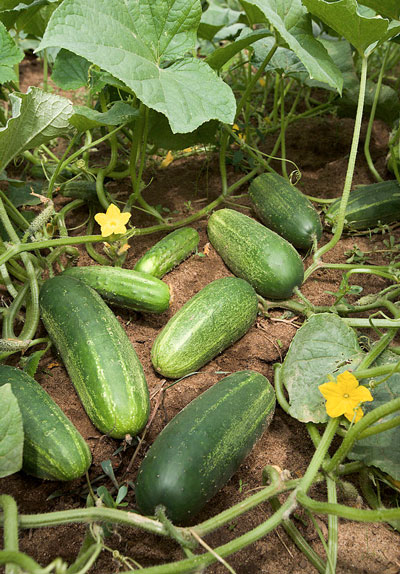
- Choose a sunny site.
- Keep the soil quality a little alkaline (pH 7.0) or neutral, enrich the clay soil by supplementing with organic matter, increase the density, add peat, rotted manure or compost to improve heavy and dense soil. In case you doubt the soil condition, get a soil test at your nearby county cooperative extension). For northern side gardens, use sandy soil as it warms rapidly in spring. Around 65° F is an ideal temperature for the soil for germination. Never plant outdoor immediately.
Planting
- Add compost or old manure prior to planting to a depth of 2 inches and dig up to a depth of 6 to 8 inches. Be certain to drain the soil properly, and make sure it is moist and damp.
Watering
- Keep watering; check the soil by pushing your finger into the soil and if you feel the soil is dry after the initial joint of your finger, it is the time to water. Irregular watering causes the fruits to taste bitter. While watering, avoid the leaves, water either early afternoon or in the morning.
Temp and Humidity
- For an early harvesting, plant your cucumber seeds indoors three weeks earlier for transplanting outdoors. They prefer a heat of 70°F (21°C). In case you have no heat mat, place them flat on the top of a heater or refrigerator.
Care
- When you plant your seeds in the ground, enclose it by using a berry basket or net, to protect the seeds from digging pests.
- When the seeds begin to sprout, start to water consistently, and increase the quantity to one gallon every week when you see the fruits evolve
- Ensure the plants are 1 ½ feet apart from each other, when the seedlings attain the height of 4 inches
Harvest Month and Storage
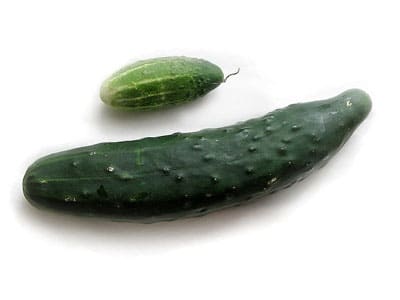
- Generally it takes 12 weeks of harvesting to start, from the day of sowing. Harvest your cucumbers early in the morning when the temperature stays cool. Using a sharp knife or Secateurs, cut the fruits from the plant. It is better to reap the cucumbers while they are tender and young, prior to seed formation, as ripe fruits turn bitter. At the height of the harvesting period, pick up the cucumbers every two days.
- As the plants grow older they are sure to stop producing, so continue picking.
Pests and Remedies
Whitefly: This is a very tiny insect that sucks sap, when you move the leaves they fly upwards. It produces a sticky kind of matter, called honeydew that hosts sooty mould.
Remedy: You can use sprays with fatty acids outdoors as well as indoors. Use a biological control, a parasitic wasp (Encarsia Formosa) to control the pests or go for pesticides.
A white powdery fungus appears above the leaves and spreads below them.
Remedy: Maintain a healthy environment for your plants, water them sufficiently, but do not over water them. Discard the infected leaves without delay. Dust with fish oil fungicides and sulfur.
Varieties
The three chief varieties of cucumber are: burp less, pickling and slicing.

Having discovered a fondness for insects while pursuing her degree in Biology, Randi Jones was quite bugged to know that people usually dismissed these little creatures as “creepy-crawlies”.


